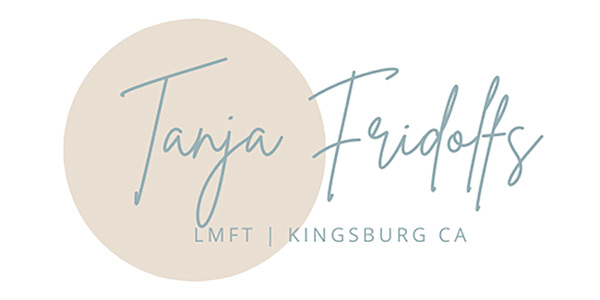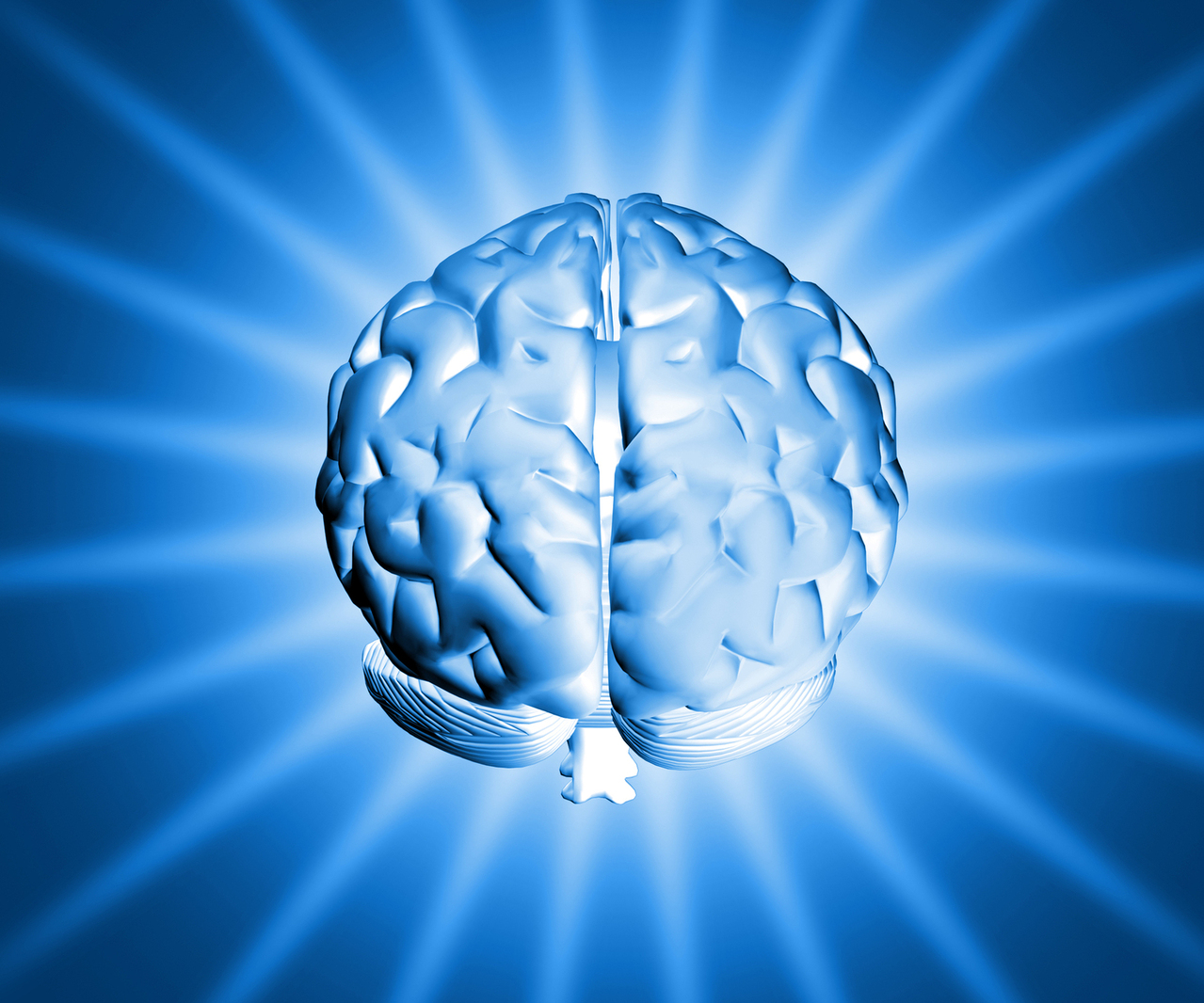Living with Migraines: A story of relief through Neurofeedback
You’ve had a small headache all morning and now you’re having vision problems and feeling nauseous. You are starting to see auras and you know that this small headache is turning into a migraine.
It’s a few hours later and you have tried everything. You’ve taken medication, tried a warm compress, took a nap, but nothing is helping. Your migraine is full-fledged and the only thing you can do now is wait it out. Who knows how long this one will last? It could be hours or even days before you see reprieve.
Living with migraines can be frustrating, annoying, and painful. Many who experience migraines also experience other issues like sleep disorders, depression, anxiety, and decreased enjoyment in their social lives. Even on the days you don’t have migraines, you may still experience emotional distress, problems sleeping, and fear about when the next migraine will hit. This rollercoaster of emotions increases stress levels, and your body is continually exhausted.
Client Experience
Many can relate to experiencing 15-20 migraines a month. These migraines cause severe pain and nausea to the point of throwing up. They often contribute to isolation away from family so that light or noise will not intensify the problem. Even on days without a migraine, headache or residual pain from the migraine can continue.
One client committed to 20 sessions of Neurofeedback. During this time, they experienced only one migraine and the frequency of their headaches decreased from three times a week to one every week or two. This experience is similar for other people receiving neurofeedback.
Our clients continue to see the benefits of Neurofeedback after completing their sessions. The frequency and severity of their migraines lessen, and their sleeping patterns dramatically improve. From time to time, some will still get a migraine or headaches, but they are not nearly as bad as they used to be. One client happily stated that “Neurofeedback genuinely has helped me so much”.
How does Neurofeedback bring relief?
Neurofeedback is a common intervention for pain management. The program analyzes the active brainwaves and relays this data back to the person in real time. It communicates to the person when their brain is producing too much or too little of a brainwave through giving negative or positive feedback. Gradually, the brain reacts more and more to the training and is able to learn how to adjust. Over time these adjustments relax the brain, ease tension, and lead to fewer and less intense migraines.
Neurofeedback can also target other areas of the brain that may be over or under producing. This imbalance induces the likelihood of a migraine. By targeting other areas, Neurofeedback can lessen the symptoms of a migraine while simultaneously decreasing the symptoms of preexisting conditions, such as anxiety or depression.
Likewise, this can help individuals manage stress. Stress is one of the top causes of migraines and even if stress did not cause the migraine, it can greatly increase the intensity of the symptoms. Neurofeedback helps the brain to work in healthy and more optimum states, lessening the impacts of stress and fatigue on the body.
Migraines are painful and debilitating, but they don’t have to be. Neuorfeedback has helped many people find relief and we would love to help you find relief too.
Please give us a call at (559) 238-7464 or email us at tanja@tanjafridolfs.com




0 Comments